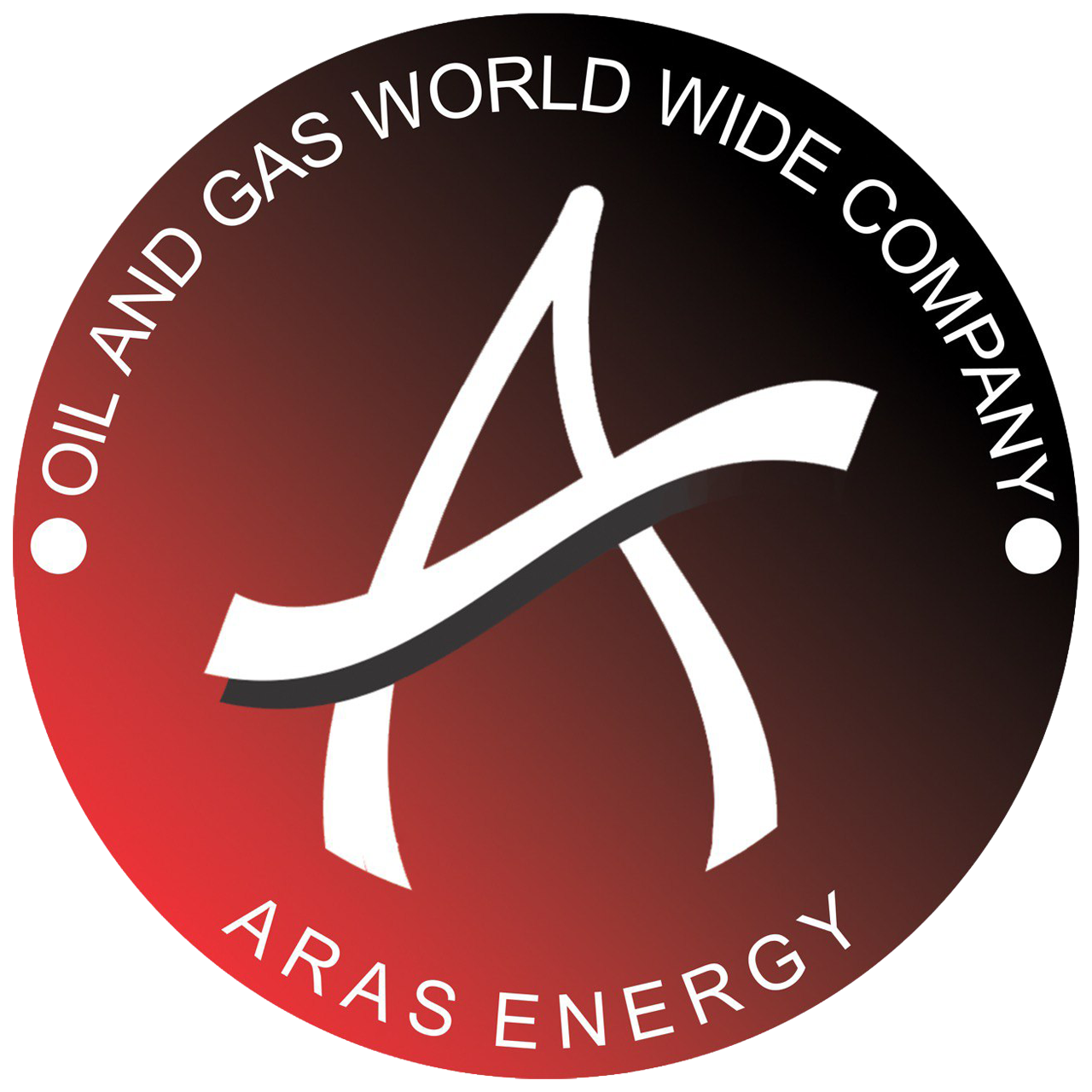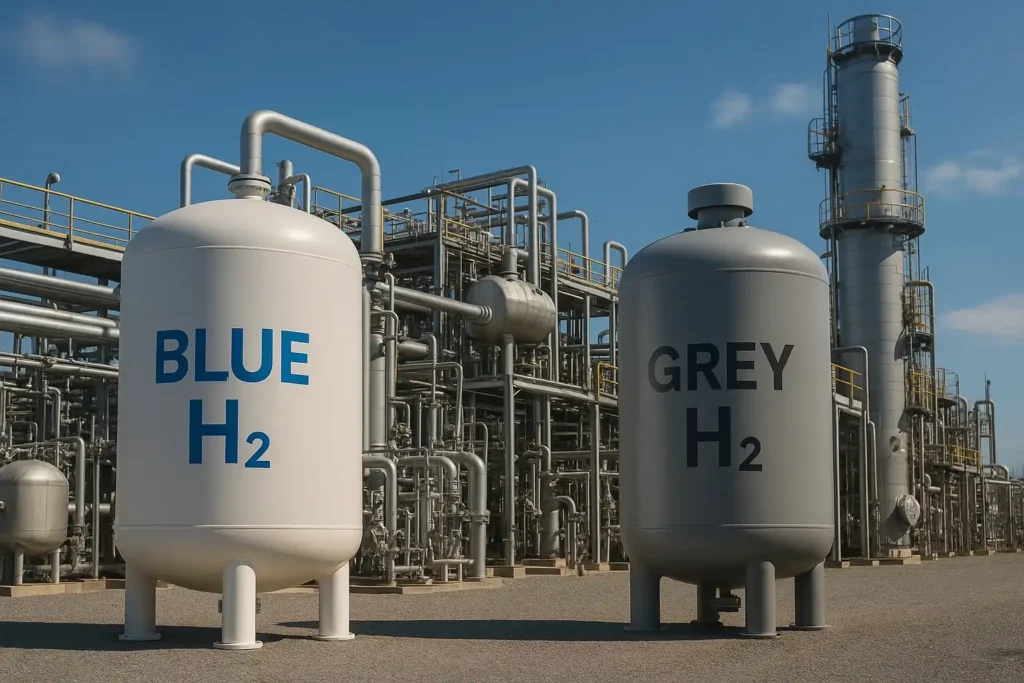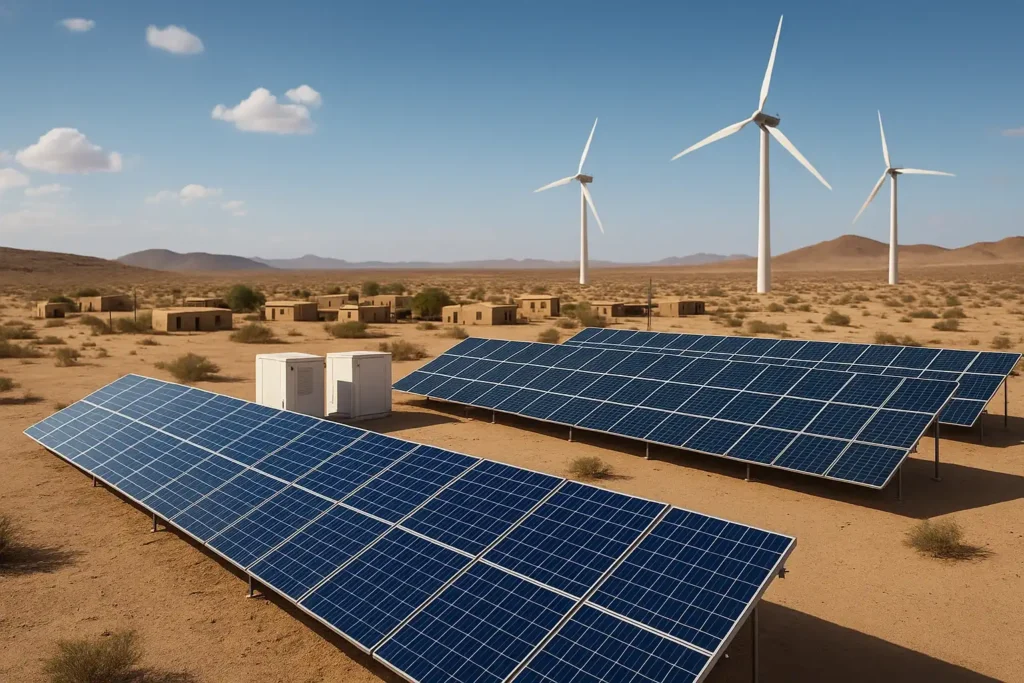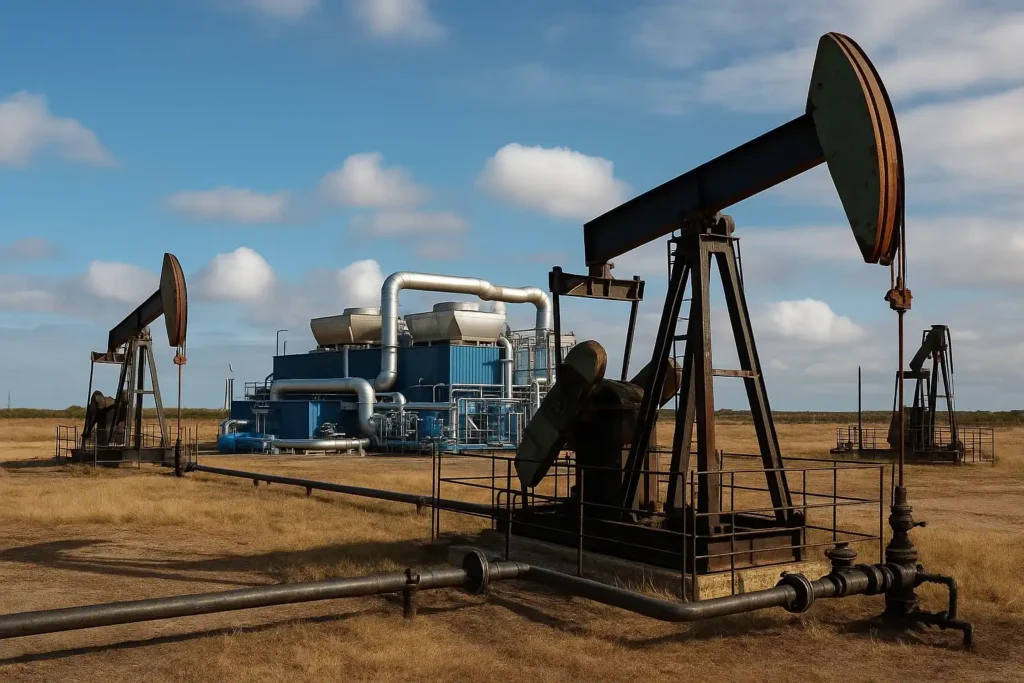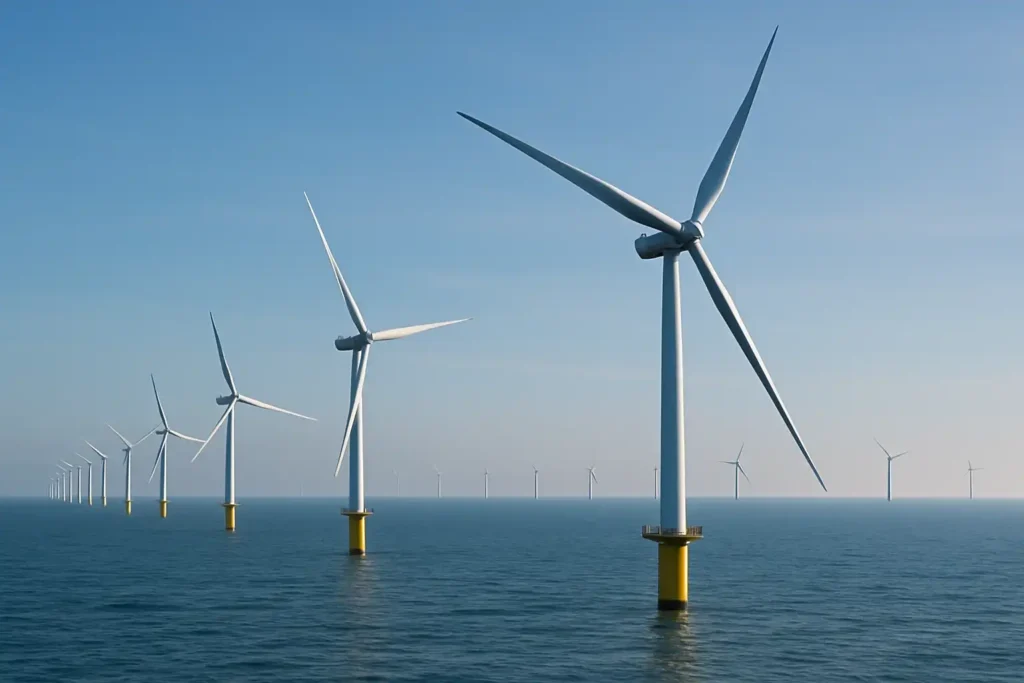The combustion of fossil fuels in extraction, refining, and power generation accounts for a significant portion of global CO₂ emissions. CCS offers a pathway to mitigate these emissions by capturing CO₂ at source and permanently storing it underground. For oil and gas companies—whose core activities inherently produce large volumes of CO₂—CCS can be both an emissions abatement strategy and a route to enhanced oil recovery (EOR).
CO₂ Capture Technologies
CCS begins with separating CO₂ from process streams. Three principal capture methods are in commercial use:
- Post‑combustion capture
- Process: Flue gas from boilers or furnaces is treated with chemical solvents (e.g., amines) that selectively absorb CO₂.
- Advantages: Can be retrofitted to existing plants; proven technology.
- Drawbacks: Energy‑intensive solvent regeneration; large footprint.
- Process: Flue gas from boilers or furnaces is treated with chemical solvents (e.g., amines) that selectively absorb CO₂.
- Pre‑combustion capture
- Process: Fuel (natural gas or coal) is converted to syngas (CO + H₂) via gasification or reforming. CO is shifted to CO₂ and H₂ in a catalytic reactor; CO₂ is then separated, leaving hydrogen for combustion or other uses.
- Advantages: High CO₂ concentration simplifies capture; produces clean hydrogen.
- Drawbacks: Requires major process redesign; high capital cost.
- Process: Fuel (natural gas or coal) is converted to syngas (CO + H₂) via gasification or reforming. CO is shifted to CO₂ and H₂ in a catalytic reactor; CO₂ is then separated, leaving hydrogen for combustion or other uses.
- Oxy‑fuel combustion
- Process: Fuel is burned in pure or enriched oxygen instead of air, yielding a flue gas of almost pure CO₂ and water vapor. After condensation of water, nearly pure CO₂ remains.
- Advantages: Simplified CO₂ separation; potentially lower capture energy.
- Drawbacks: High cost of oxygen production; integration challenges.
- Process: Fuel is burned in pure or enriched oxygen instead of air, yielding a flue gas of almost pure CO₂ and water vapor. After condensation of water, nearly pure CO₂ remains.
CO₂ Transport
Once captured, CO₂ must be transported from the capture site to a storage hub:
- Pipelines are the most common mode, offering safe, continuous transport over hundreds of kilometers.
- Ship transport is used where pipeline infrastructure is impractical or for intermittent flows; requires liquefaction of CO₂.
- Trucks and rail serve small‑scale or remote projects but are generally uneconomic for large volumes.
Key considerations include ensuring CO₂ remains in a supercritical state (for efficient flow) and preventing leaks via robust materials and monitoring.
Geological Storage Options
Suitable storage formations must offer sufficient capacity, injectivity, and containment security:
- Depleted oil & gas reservoirs
- Proven seals and containment; often used in conjunction with EOR to boost hydrocarbon recovery.
- Deep saline aquifers
- Vast global capacity; widespread distribution.
- Heterogeneous geology requires careful site characterization.
- Vast global capacity; widespread distribution.
- Unmineable coal seams
- CO₂ can adsorb onto coal, displacing methane for co‑production.
- Limited global potential compared to aquifers and reservoirs.
- CO₂ can adsorb onto coal, displacing methane for co‑production.
Site selection hinges on rigorous geological surveys (seismic, well logs), reservoir modeling, and risk assessments.
Enhanced Oil Recovery (EOR) Integration
EOR injects CO₂ into aging oil fields to increase pressure and oil mobility. This hybrid approach:
- Offsets some capture and transport costs with incremental oil revenues.
- Delivers permanent CO₂ storage as much of the injected gas remains trapped.
- Faces regulatory scrutiny: net storage depends on accounting of CO₂ produced during additional oil combustion.
Economic & Regulatory Drivers
CCS projects carry high upfront capital expenditures and operational costs. Key economic drivers include:
- Carbon pricing (taxes or emissions trading) that assigns value to avoided CO₂ releases.
- Fiscal incentives (investment tax credits, production credits for sequestered CO₂).
- Oil price levels supporting EOR profitability.
Regulatory frameworks (e.g., EU ETS, U.S. 45Q tax credit) shape project viability and risk profiles. Long‑term liability for stored CO₂ and public acceptance also influence investment decisions.
Technical and Operational Challenges
- Energy penalty: Capture units can consume 20–30% of a plant’s output, reducing overall efficiency.
- Scale-up risks: Few commercial‑scale integrated CCS facilities exist, and unanticipated issues can arise during commissioning.
- Monitoring & verification: Ensuring long‑term containment requires distributed sensor networks, seismic surveys, and well integrity checks.
- Public perception: Local opposition (“Not In My Back Yard”) can delay siting and permitting.
Case Studies
- Sleipner (Norway)
- Since 1996, Statoil (now Equinor) has injected ~20 Mt CO₂ into a Utsira Formation saline aquifer ▶
- A pioneering, cost‑effective project funded by Norway’s carbon tax.
- Since 1996, Statoil (now Equinor) has injected ~20 Mt CO₂ into a Utsira Formation saline aquifer ▶
- Petra Nova (USA)
- Post‑combustion capture on an 240 MW coal power unit in Texas.
- Achieved 90% capture rate for ~1.6 Mt CO₂/yr, with part used for EOR in the West Ranch field.
- Post‑combustion capture on an 240 MW coal power unit in Texas.
- Boundary Dam (Canada)
- CCS retrofit on a coal‑fired power plant capturing 1 Mt CO₂/yr.
- Demonstrated feasibility but highlighted energy penalties and solvent management challenges.
- CCS retrofit on a coal‑fired power plant capturing 1 Mt CO₂/yr.
Future Outlook
- Next‑generation solvents and sorbents (solid adsorbents, ionic liquids) promise lower energy demand.
- Modular, containerized capture units could reduce installation time and costs.
- Cluster approaches, where multiple emitters share transport and storage infrastructure, will drive economies of scale.
- Integration with hydrogen production (blue hydrogen) may further decarbonize hard‑to‑abate sectors.
Continued R&D, supportive policies, and collaboration between industry, government, and academia are essential to scale CCS to the gigatonne level required by mid‑century climate goals.
CCS is not a silver bullet, but it is indispensable for the oil and gas industry’s transition pathway. By capturing emissions at source and securing them underground, companies can align with tightening climate regulations while preserving valuable hydrocarbon assets. The coming decade will determine whether CCS moves from select flagship projects to a globally deployed mitigation technology.
